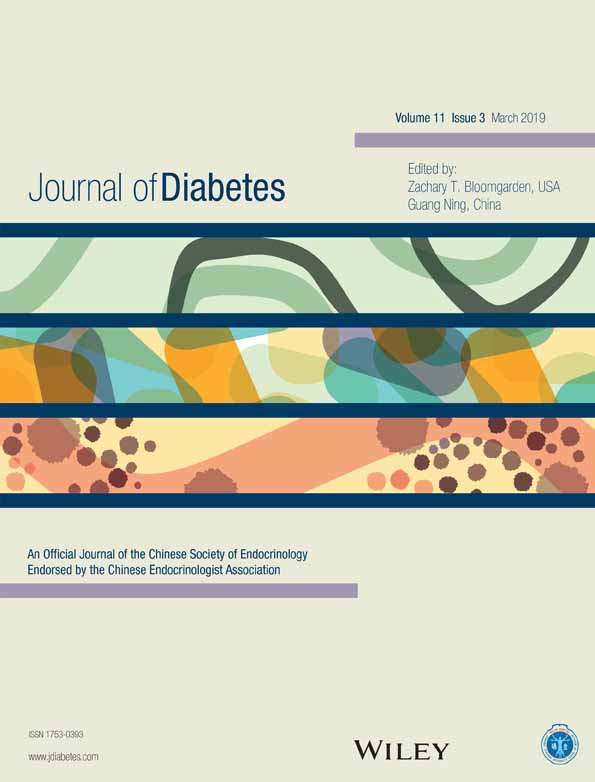Sleep questionnaires for the screening of obstructive sleep apnea in patients with type 2 diabetes mellitus compared with non-diabetic patients
在2型糖尿病患者与非糖尿病患者中使用睡眠问卷筛查阻塞性睡眠呼吸暂停
Abstract
enBackground
Several tools have been used to screen for obstructive sleep apnea (OSA). Evaluation of the predictive performance of different questionnaires is essential in patients with type 2 diabetes mellitus (T2DM) because the prevalence of OSA in this population is high. The aim of this study was to evaluate different sleep questionnaires to identify T2DM patients with OSA, and to compare the predictive values of these questionnaires with a matched sample of non-diabetic patients.
Methods
The study was a retrospective study of two patients groups (n = 350 with T2DM, n = 350 without T2DM) visiting a sleep clinic and matched by age, gender, body mass index, and the apnea–hypopnea index (AHI). Symptoms of OSA and Epworth Sleepiness Scale (ESS), STOP-Bang, Berlin questionnaire, and Athens insomnia scale (AIS) scores were compared, and sleep studies were performed.
Results
Diabetic patients with OSA complained more frequently of nocturia (P = 0.025), morning headaches (P = 0.04), restless sleep (P = 0.002), and leg movements (P = 0.01) than non-diabetic patients with OSA. Most predictive values of the sleep questionnaires did not differ significantly between the two groups; however, the AIS was higher only in T2DM women (P = 0.01). In both groups, the Berlin and STOP-Bang questionnaires had the highest sensitivity. The ESS had the highest specificity in T2DM patients and the STOP and S-B questionnaires had the highest specificity in non-diabetics.
Conclusions
The predictive performance of the questionnaires was similar in both groups, especially in the case of moderate and severe OSA.
Abstract
zh摘要
背景
目前有几种筛查阻塞性睡眠呼吸暂停(obstructive sleep apnea,OSA)的工具。由于2型糖尿病患者(T2DM)人群的OSA患病率很高,因此非常有必要在这个人群中采用不同的问卷来评估其预测OSA的效果。本研究旨在T2DM患者中评估不同的睡眠问卷鉴别OSA的效能,并且与匹配的非糖尿病患者样本相比评估这些问卷的预测价值。
方法
这是一项回顾性研究,纳入了两组在睡眠门诊就诊并且年龄、性别、体重指数与睡眠呼吸暂停低通气指数(apnea–hypopnea index,AHI)都相匹配的患者(T2DM患者n = 350,非T2DM患者n = 350)。对比了两组患者的OSA症状以及Epworth嗜睡评分量表(Epworth Sleepiness Scale,ESS)、STOP-Bang问卷、柏林问卷与雅典失眠量表(Athens insomnia scale,AIS)等的评分,并进行了睡眠研究。
结果
与合并OSA的非糖尿病患者相比,合并OSA的糖尿病患者更多地出现夜尿频繁(P = 0.025)、晨间头痛(P = 0.04)、睡眠不安(P = 0.002)以及睡眠时腿部动作多(P = 0.01)。大部分睡眠问卷的预测价值在这两组之间没有显著性差异;然而,AIS的预测价值只有在女性T2DM患者中才会更高(P = 0.01)。在这两组患者中,柏林问卷与STOP-Bang问卷的敏感性都是最高的。在T2DM患者中ESS的特异性最高,在非糖尿病患者中STOP与S-B问卷的特异性最高。
结论
在这两组患者中这些问卷的预测效能都相似,尤其是合并中重度OSA的病例。




